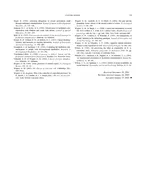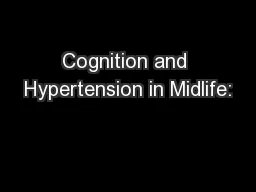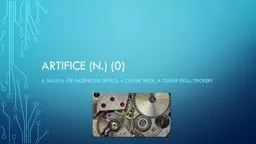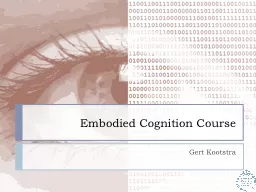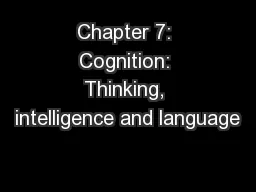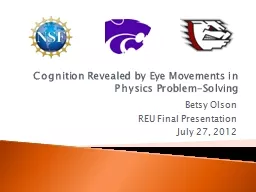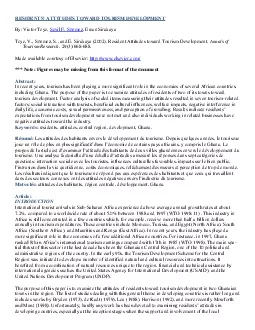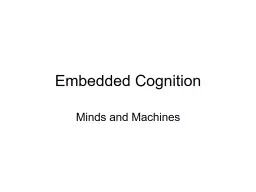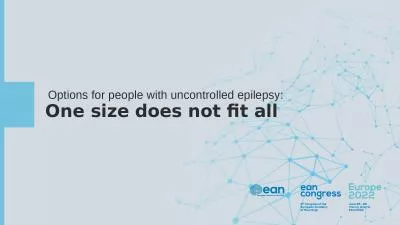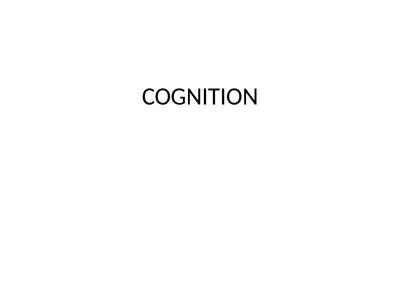PDF-ATTITUDES AND SOCIAL COGNITION Clever Hands Uncontrolled Intelligence in Facilitated Communication
Author : lois-ondreau | Published Date : 2014-11-16
Wegner Harvard University Valerie A Fuller University of Virginia Betsy Sparrow Harvard University Five studies examined how people who are answering questions on
Presentation Embed Code
Download Presentation
Download Presentation The PPT/PDF document "ATTITUDES AND SOCIAL COGNITION Clever Ha..." is the property of its rightful owner. Permission is granted to download and print the materials on this website for personal, non-commercial use only, and to display it on your personal computer provided you do not modify the materials and that you retain all copyright notices contained in the materials. By downloading content from our website, you accept the terms of this agreement.
ATTITUDES AND SOCIAL COGNITION Clever Hands Uncontrolled Intelligence in Facilitated Communication: Transcript
Download Rules Of Document
"ATTITUDES AND SOCIAL COGNITION Clever Hands Uncontrolled Intelligence in Facilitated Communication"The content belongs to its owner. You may download and print it for personal use, without modification, and keep all copyright notices. By downloading, you agree to these terms.
Related Documents

